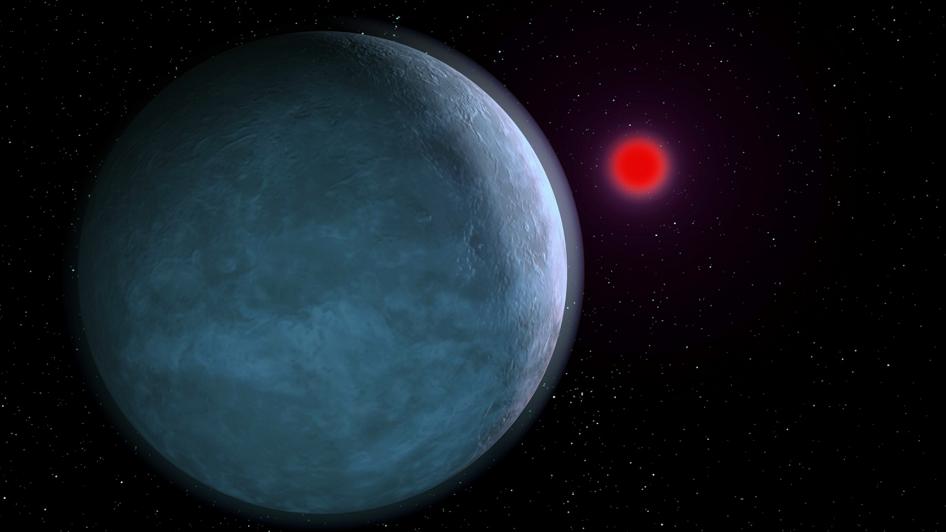

"I said, 'If it makes no difference one way or the other, could you shave a few pounds off me?'" he recalled. Tyson said he was pleased with the finished comic, especially because the artists were able to honor his one request in portraying him. "The universe is revealing to him what he already knew, but it wasn't real to him until he actually saw it." Then, Superman (using a new power not previously ascribed to him) uses his supercomputer-like internal calculation abilities to combine the data into a single picture of Krypton exploding. To do this, they ask all the world's telescopes to view Krypton at the same time and send their observations back to the planetarium. ("The word 'interferometer' actually appears" in the comic! Tyson gloated). To observe the end of Krypton, Superman and the scientists at the Hayden Planetarium create an interferometer - a giant virtual telescope resulting from combining the observations of various telescopes spread out by great distances. How can Superman view the death of his home planet, when no real-life telescopes are powerful enough to view a planet at such a distance?Īfter throwing some ideas out that were realistic, but boring (such as having the superhero view data points showing that the light of the host star had stopped diminishing when the planet passed in front of it, signaling the planet's destruction), Tyson and the comic writers settled on a scheme. Then Tyson was faced with a second challenge. Tyson even approached the International Astronomical Union, the body in charge of official names for astronomical objects, to ask if they would rename LHS 2520 to Rao, in honor of Superman, but he was told no.

The star in question is a red dwarf star called LHS 2520 that is cooler and smaller than our sun. The astronomer looked in a catalog of nearby stars and found a red star at about the right distance: 29 light-years. Google Arts & Culture features content from over 2000 leading museums and archives who have partnered with the Google Cultural Institute to bring the. "I thought, 'Let me see if there's a star whose light takes 20-something years to get here,'" Tyson said. Though Superman made the journey quickly, the light from the destruction of Krypton is just reaching Earth now, Tyson said, when Superman is in his late 20s. The infant hero was somehow instantaneously transported to Earth, where he grew up, eventually camouflaging himself as mild-mannered reporter Clark Kent. The planet is supposed to have self-destructed soon after Superman was born. The real-life star that could play host to fictional planet Krypton must meet certain characteristics.


 0 kommentar(er)
0 kommentar(er)
